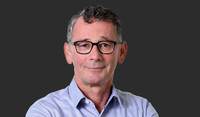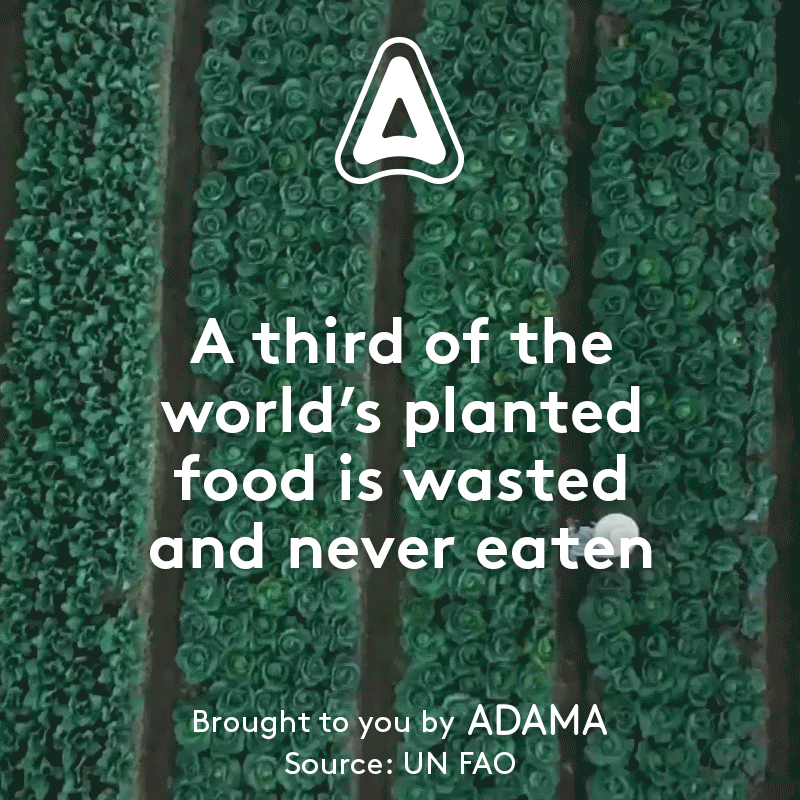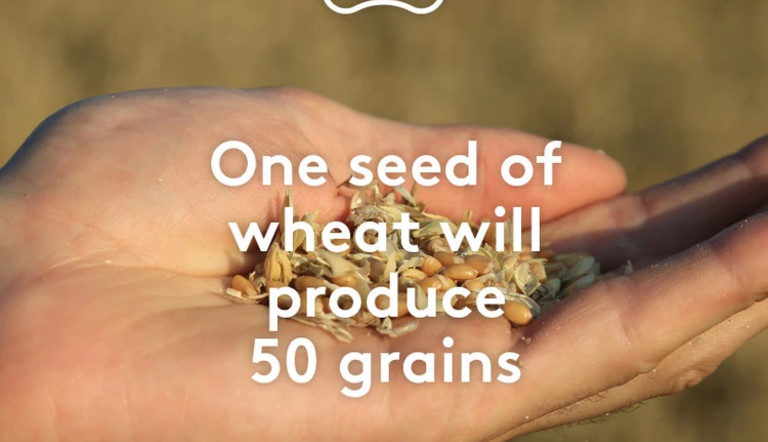
Banking on planting seeds for the future

The world relies on 150 plant species to feed itself, with just a tenth of that number providing three-quarters of our food and three mega-crops (rice, wheat and maize) accounting for half the total. But the number of plant species in the world is estimated at nearly 400,000 and could be even higher. Ensuring the survival of these species is important to preserve the habitats from where they come and as a future resource when they could be needed for food and non-food uses.
Across the world are dotted seed banks where seeds and other plant material is collected and stored in conditions that mean new plants can be grown at any time. In the Philippines the International Rice Research Institute holds 128,000 rice varieties and 4,650 wild rice relatives, Mexico-based wheat and corn (maize) institute CIMMYT holds 150,000 wheat and 28,000 corn samples and Peru hosts the International Potato Center’s gene bank near to where the crop was discovered in the Andes. In the last two years, fearing for the future of its Syrian-based seed bank, the International Center for Agricultural Research in the Dry Areas (ICARDA) has duplicated 30,000 samples of wheat, barley, peas, lentils and other pulses and stored them in a sister bank in Lebanon.
Perhaps the world’s most dramatic seed bank is way above the Arctic circle on the Norwegian Island of Svalbard. It is built into permafrost and rock. The reason for such a remote location where few plants grow naturally is to provide a location where seeds and germplasm can be kept in cool or even freezing conditions even when electricity fails. Celebrating its tenth anniversary, the bank is designed to house duplicate seeds and plant material from other seed banks around the world. It was originally populated with 300,000 unique crop varieties. It recently accepted its millionth variety. The Svalbard bank is owned by the Norwegian Government it is operated in partnership with NordGen, the Nordic Genetic Resource Centre and international organisation the Crop Trust. The bank does not own the samples it houses as they remain in the ownership of the donating countries, who can retrieve them at any time. The Crop Trust was established in 2004 by the UN’s Food and Agriculture Organization and charity Biodiversity International. For more on the bank see https://www.croptrust.org/our-work/svalbard-global-seed-vault/
The importance of securing future food supplies has been an important aim over the last few years and that is why in 2000 the 230-year-old British Royal Botanic Gardens opened its Millennium Seed Bank south of London. Within ten years it had housed all the UK’s storable native plant seeds, making it the first country to do so. It is now well on the way to preserving a quarter of all the world’s plant species by 2020. Working with more than 95 countries, the bank focuses on species that are most vulnerable to climate change, those from arid regions and those that cannot be found in other locations. All the species it gathers are either economically important or endangered. See https://www.kew.org/wakehurst/attractions/millennium-seed-bank
Image Gallery
Related Articles
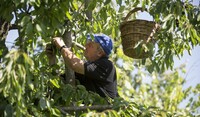
From Market, For Market: How Grower Feedback Drives Innovation
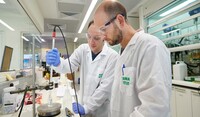
Delivering Value in Crop Protection: Our Approach to Innovation
